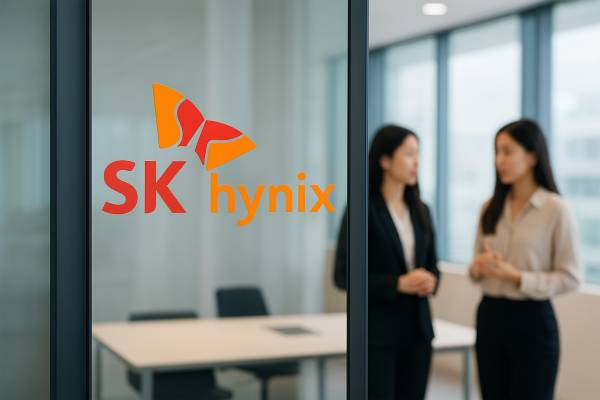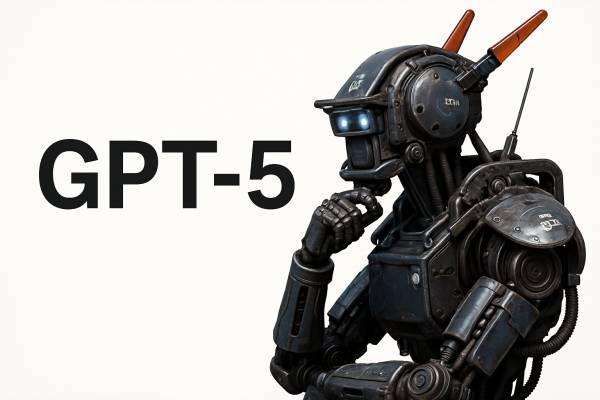One of the most striking examples of the rapid technological and business transformations taking place in the artificial intelligence industry is the redefinition of the relationship between Microsoft and OpenAI. The two companies have worked closely together for years, but recent developments clearly show that industry logic now favors more flexible, multi-player collaboration models rather than exclusive partnerships.
Satya Nadella, CEO of Microsoft, has made it clear that while the relationship is changing, it remains strong. However, this diplomatic statement does not hide the complexity of the reality: the new dynamic emerging between Microsoft and OpenAI reflects competition, strategic diversification, and industry pressures. While Microsoft remains one of OpenAI's biggest supporters with its $13 billion investment, the company behind ChatGPT has begun to open up to other cloud providers, including Google Cloud. This decision is not merely a commercial rationality, but a sign of a deeper strategic shift.
The demand for computing capacity required for artificial intelligence development has exploded in recent years. No single company can serve this growth on its own, even one with the size and resources of Microsoft. Google Cloud's involvement with OpenAI therefore serves a dual purpose: on the one hand, it reduces dependence on Azure, and on the other, it ensures diversified sources of the necessary computing power.
However, it is worth noting that this opening does not mean an automatic breakup. OpenAI continues to perform a significant amount of work on Microsoft's infrastructure, and Nadella has confirmed that they are considering a long-term partnership. At the same time, the relationship between the two parties is increasingly reminiscent of a “competitive alliance,” where, in addition to common goals, there are also signs of independent representation and strategic autonomy.
One of the most striking examples of this multilateral cooperation model is the Stargate project. Led by OpenAI, with the participation of SoftBank, Oracle, and other technology and financial partners, the initiative aims to build the world's largest AI computing infrastructure. This ambition goes beyond conventional technological development: it is an industry-wide collaboration that simultaneously serves the business interests of the participants and the collective need to develop a global AI infrastructure.
Meanwhile, Microsoft is not sitting idly by. The company has launched several AI models of its own (such as MAI and Phi) and has opened its platform to models from other players, such as xAI and Mistral. This more open, “multi-model” strategy not only serves to diversify the product offering, but is also a strategic response to OpenAI's efforts to become independent. The goal is clear: to create an ecosystem in which Microsoft can position itself as both an AI platform and an infrastructure provider, while reducing its exposure to a single partner.
The development of global competition dynamics is well illustrated by a surprising development from Google's perspective: OpenAI, which has become one of the search giant's direct competitors, is now appearing as a customer in the Google Cloud system. Although ChatGPT continues to pose a threat to Google's search business, the fact that a rival developer has chosen its infrastructure is a short-term business success for the company. This paradox highlights the fact that today's AI ecosystem is not actually a zero-sum game: competitors can also be strategic partners if supply chain logic and cost efficiency require it.
Meanwhile, serious financial, technological, and organizational issues loom in the background. OpenAI's own chip development project, for example, aims to reduce infrastructure dependency in the long term, which could trigger a reevaluation of current collaborations. Google, which previously sold its TPUs (tensor processing units) exclusively for internal use, is now facing a capacity allocation dilemma: how to divide its limited computing capacity between its own product development and its new partners?
Behind the complexity of the situation, a clearer trend is emerging: the AI industry has entered an era of “platform competition,” where the stakes are not only who builds the best model, but also who can offer the most reliable, scalable, and accessible infrastructure to do so. In this competition, it is not necessarily the one who acquires the most users who wins, but the one who is able to sustainably provide the ecosystem necessary for the operation of AI models in the long term.
The relationship between Microsoft and OpenAI is a good example of the structural changes taking place in the AI industry. Formerly clear-cut partnerships are increasingly being replaced by dynamic, multi-player systems riddled with conflicts of interest, but still based on cooperation. The artificial intelligence of the future will be based not on the vision of a single company, but on the collective capacity of a network. In this network, flexibility, diversification, and the ability to collaborate will be just as important as technological superiority.




























